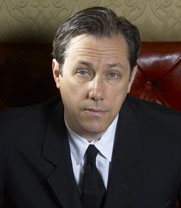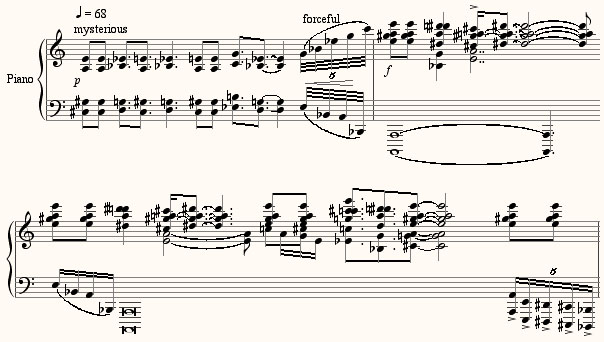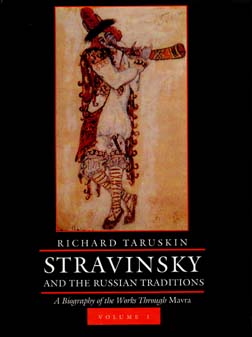 I was almost remiss in letting an important milestone go by: today composer Mikel Rouse turns 50. In America you’re a “young composer” until you’re 50, and it’s disconcerting to think that Mikel, only 14 months younger than me but ten years younger-looking, has crossed the line. He’s the only composer younger than myself whose music has influenced my own long-term. He piles up layer after layer after layer in his recordings, all at different tempos and rhythms, and yet his music retains a remarkable clarity, and the ear can zero in wherever it chooses. My music sounds nothing like his; his is extremely pop-oriented and exquisitely produced in the studio, mine is mostly regular acoustic concert music with almost no pop influence. But when composing I stop and listen to his albums to remind myself to never stop reaching for that amazing clarity. I drink to his health and incredible music.
I was almost remiss in letting an important milestone go by: today composer Mikel Rouse turns 50. In America you’re a “young composer” until you’re 50, and it’s disconcerting to think that Mikel, only 14 months younger than me but ten years younger-looking, has crossed the line. He’s the only composer younger than myself whose music has influenced my own long-term. He piles up layer after layer after layer in his recordings, all at different tempos and rhythms, and yet his music retains a remarkable clarity, and the ear can zero in wherever it chooses. My music sounds nothing like his; his is extremely pop-oriented and exquisitely produced in the studio, mine is mostly regular acoustic concert music with almost no pop influence. But when composing I stop and listen to his albums to remind myself to never stop reaching for that amazing clarity. I drink to his health and incredible music.




 However, I should have realized that the brilliance of Taruskin’s writing would have made it difficult to put down regardless of topic, and the book has a tremendous amount to teach not only about Stravinsky but about musical progress in general. One of Taruskin’s tremendous strengths as a musicologist, beyond the panoramic sweep of his research, is his theoretical ability to correctly grasp and describe compositional process. Take a look at the following statement about Stravinsky’s youthful Piano Sonata in f#:
However, I should have realized that the brilliance of Taruskin’s writing would have made it difficult to put down regardless of topic, and the book has a tremendous amount to teach not only about Stravinsky but about musical progress in general. One of Taruskin’s tremendous strengths as a musicologist, beyond the panoramic sweep of his research, is his theoretical ability to correctly grasp and describe compositional process. Take a look at the following statement about Stravinsky’s youthful Piano Sonata in f#: